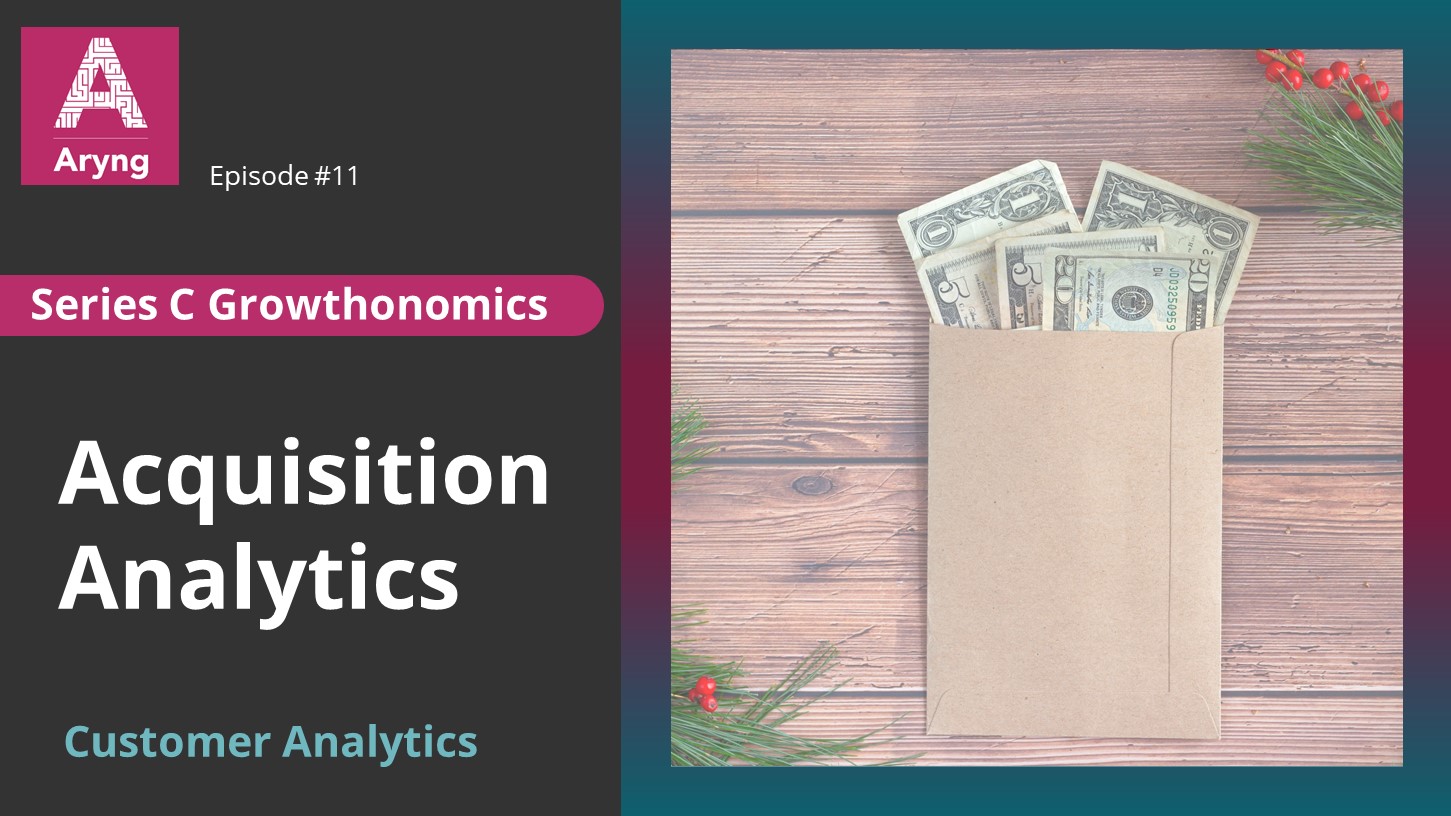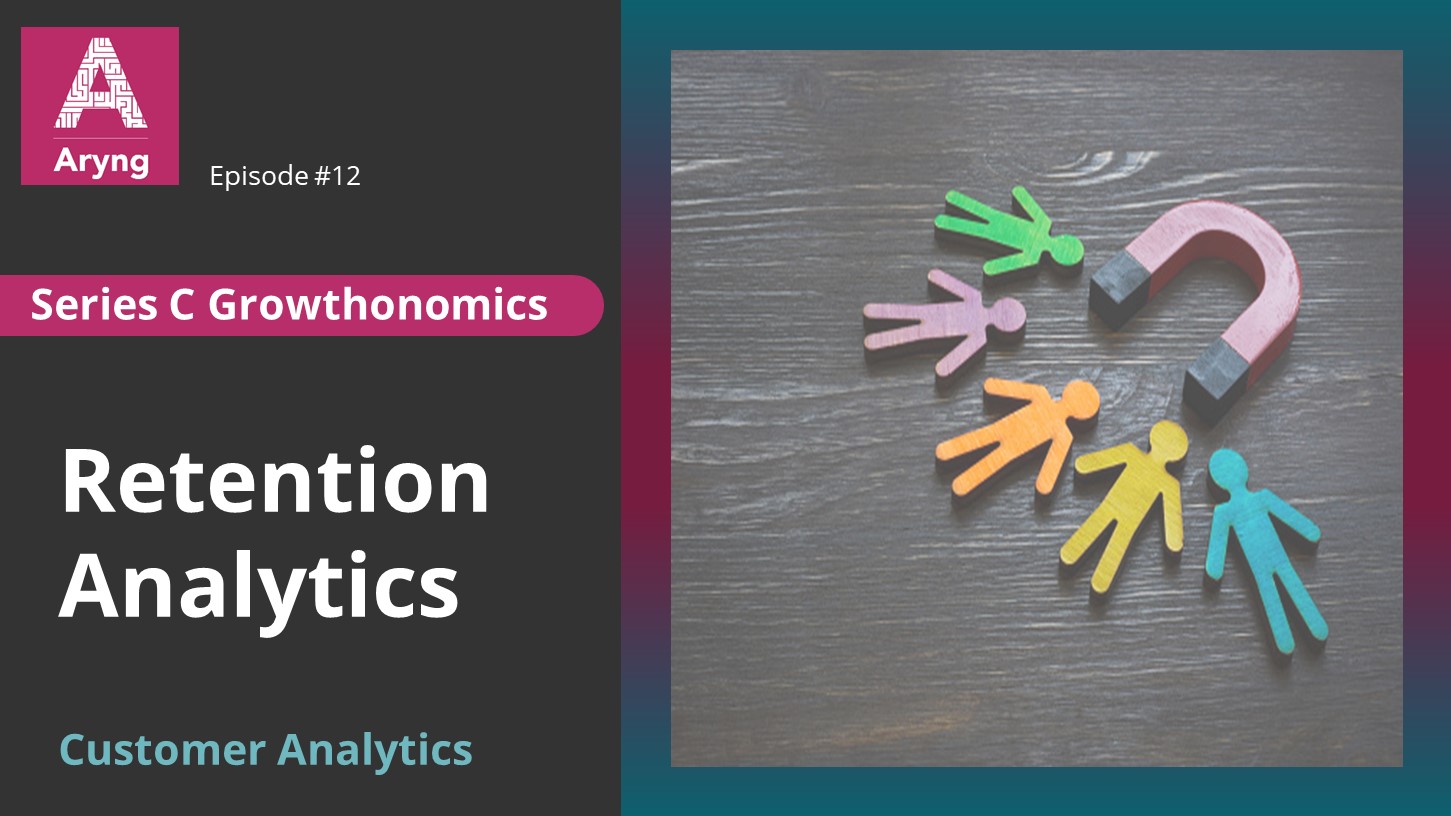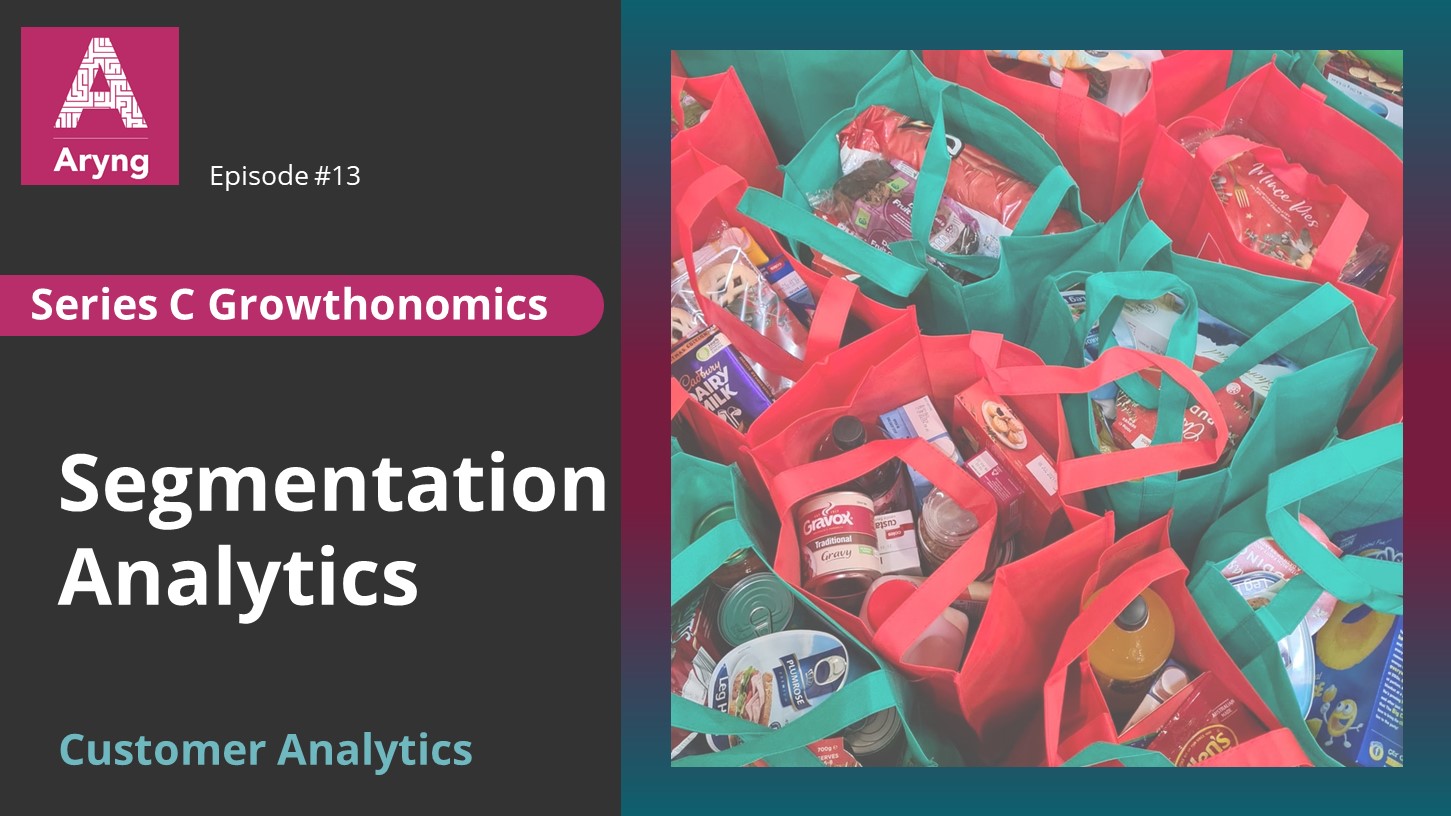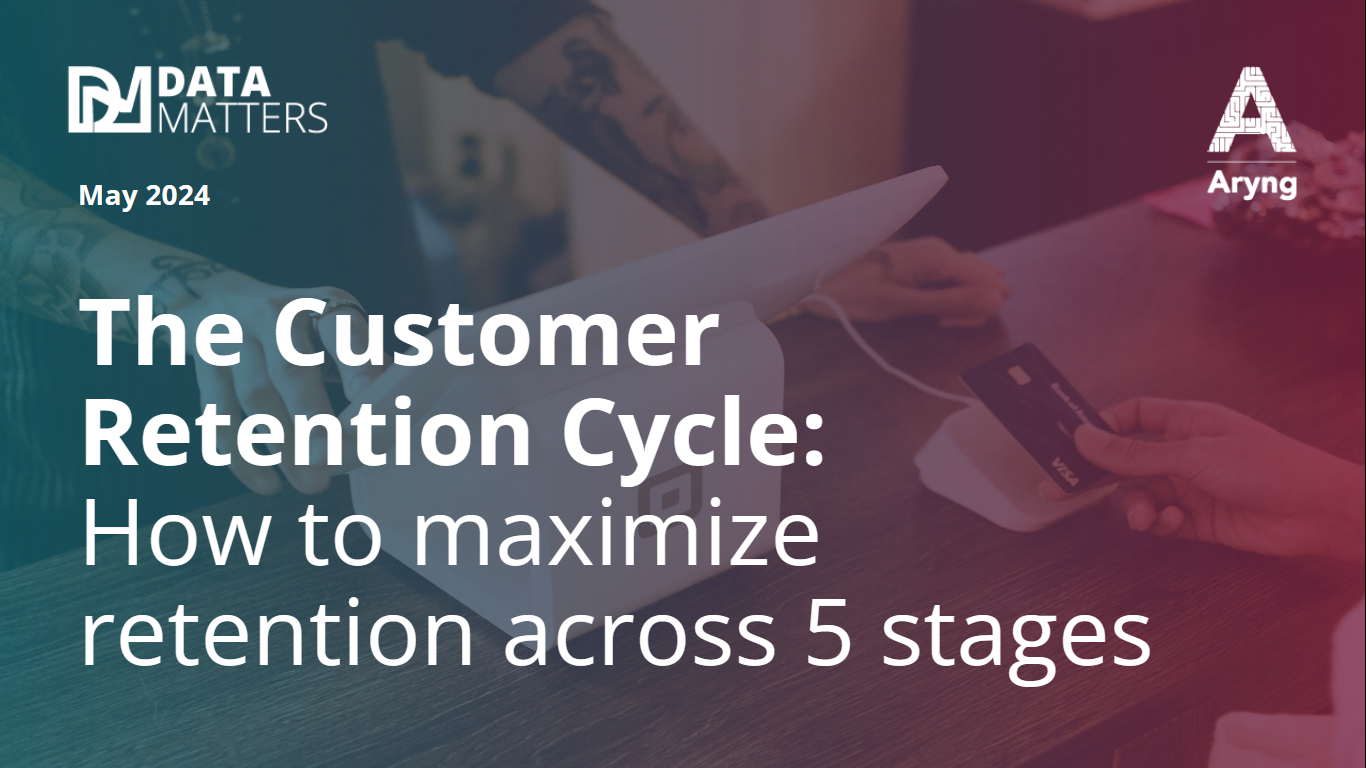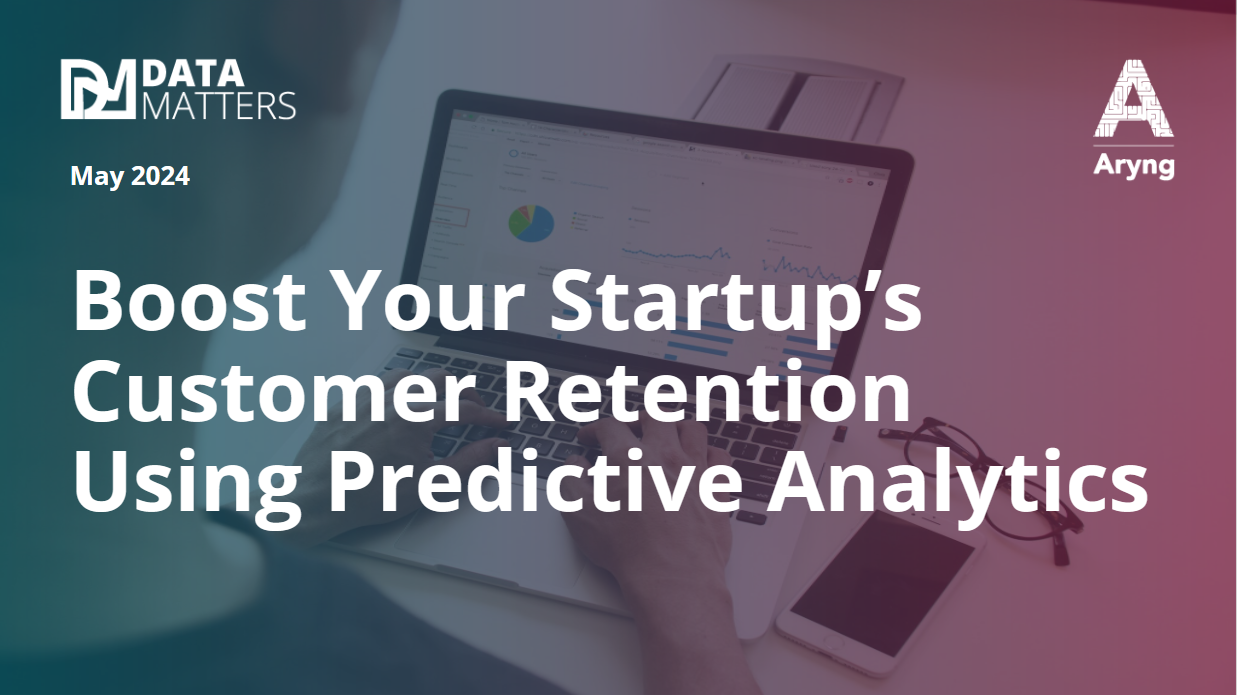When it comes to deciding on marketing budget and marketing strategies, the marketing executives pull up last year’s marketing cost, customer growth, and revenue; and depending upon the next year’s targets (which are mostly set by the top management), they decide the next year’s marketing budget. Likewise, for most start-ups, marketing is a gamble. While marketing will always be a gamble but if we apply the correct analytics, then the chances of winning can increase manifold. Let’s see how.
So many organizations end up measuring too many metrics in an urge to evaluate their business health. Focusing on a few KPIs (key performance Indicators) instead of many could save their time and money and help shift the focus to high-growth activities. LTV is one of the most important ones.
LTV helps in defining the marketing budget, calculating the acquisition costs, defining marketing strategies, and personalization and customization to improve customer engagement and experience.
Phew! That’s a lot!
Before we dig deeper, let’s first learn what LTV is.
What is LTV?
LTV is short for the Lifetime Value of a customer. Alternatively, it is also called CLV or CLTV (Customer Lifetime Value). Now, one way of calculating the LTV would be to measure the revenue, generated by a customer till today. And to make different customer joining on different dates comparable, we might even normalize it by month/year. But this method of calculating the LTV has a flaw. Because by the time we understand the customer, it has been too late. The customer has already been through the habituation period, the customer has either retained or churned and similarly, most of the important events have already happened. Hence, it is always a better idea to predict the value of a customer which will help us retain the customers. LTV is defined as the monetary value that a customer can generate for a business over time, depending on their past purchasing behavior. For example, ‘1-year LTV’ is a predicted value that a customer would generate in a year from their acquisition. The time period varies from company to company and product to product.
LTV = Average user revenue per month X retention (in months)
For example, if the average user revenue per month is $10 and the retention is 20 months, then the LTV becomes $200. And also, ‘1-year’ LTV becomes $200X12/20.
That looks simple but is it that simple in reality?
Consider a scenario where the revenue for the first 2 months is similar and then there is a huge dip from the next month. In such a scenario, the LTV calculation cannot be linear. Also, how a company defines the value of a customer may change from company to company. Though generally speaking revenue is widely used, some companies may differ. So, it is important to define value upfront before calculating LTV. This leaves us with the fact that LTV might not be so simple and most of the time require advanced mathematical calculations or even machine learning to come up with an LTV model. Let’s learn different ways of doing LTV.
Ways of doing LTV
Cohort Level
Cohort level LTV is mostly used in advertising. Let’s say, we are interested in comparing two advertising channels, Facebook and Instagram. And we found that Facebook generates $20 value per customer whereas Instagram generates $200 value per customer. This helps us in knowing that customers from Instagram are much more valuable than the customers from Facebook. This way we can shift the marketing budget toward Instagram. Also, say we were to roll out a $50 discount scheme, then after calculating the LTV we know that this scheme might be beneficial for Instagram users but will be a loss-making strategy if deployed for the Facebook users. Hence, cohort level LTV also helps us in shifting the reward/discount scheme.
Individual Level
At an individual level averages won’t work, we always have to add extra layers like retention, registration period, acquisition source, etc. This multivariate analysis often requires statistical/machine learning models to solve complex calculations. On top of that, most of the freemium start-ups will have customers concentrated around very low value, say less than $10 per month, whereas we might also see customers creating a value of over $1000 per month. In such cases, we might have to segment the customers between low and high based on some attribute like app open frequency and create separate LTV models for them.
Till now, you might have understood that individual-level LTV is much harder to do as compared to cohort-level LTV. The LTV calculations that sounded so easy have all of a sudden become so complex. But at the same time imagine how beneficial it would be to be able to predict the value of each customer and the different factors contributing to the value. This analysis would surface lots of hidden opportunities for marketing and product optimization.
Conclusion
Customer Lifetime Value is a very important analysis. A start-up can feed this into customer segmentation as well as customize/personalize marketing campaigns and create better ROI for your marketing efforts. Considering the complexities that the different ways of calculating LTV may create, we would suggest that the companies should start with simple cohort level LTV and slowly move towards the individual level. They use LTV in investor presentations to prove the worth of every dollar spent in different channels through the value generated from the same.








